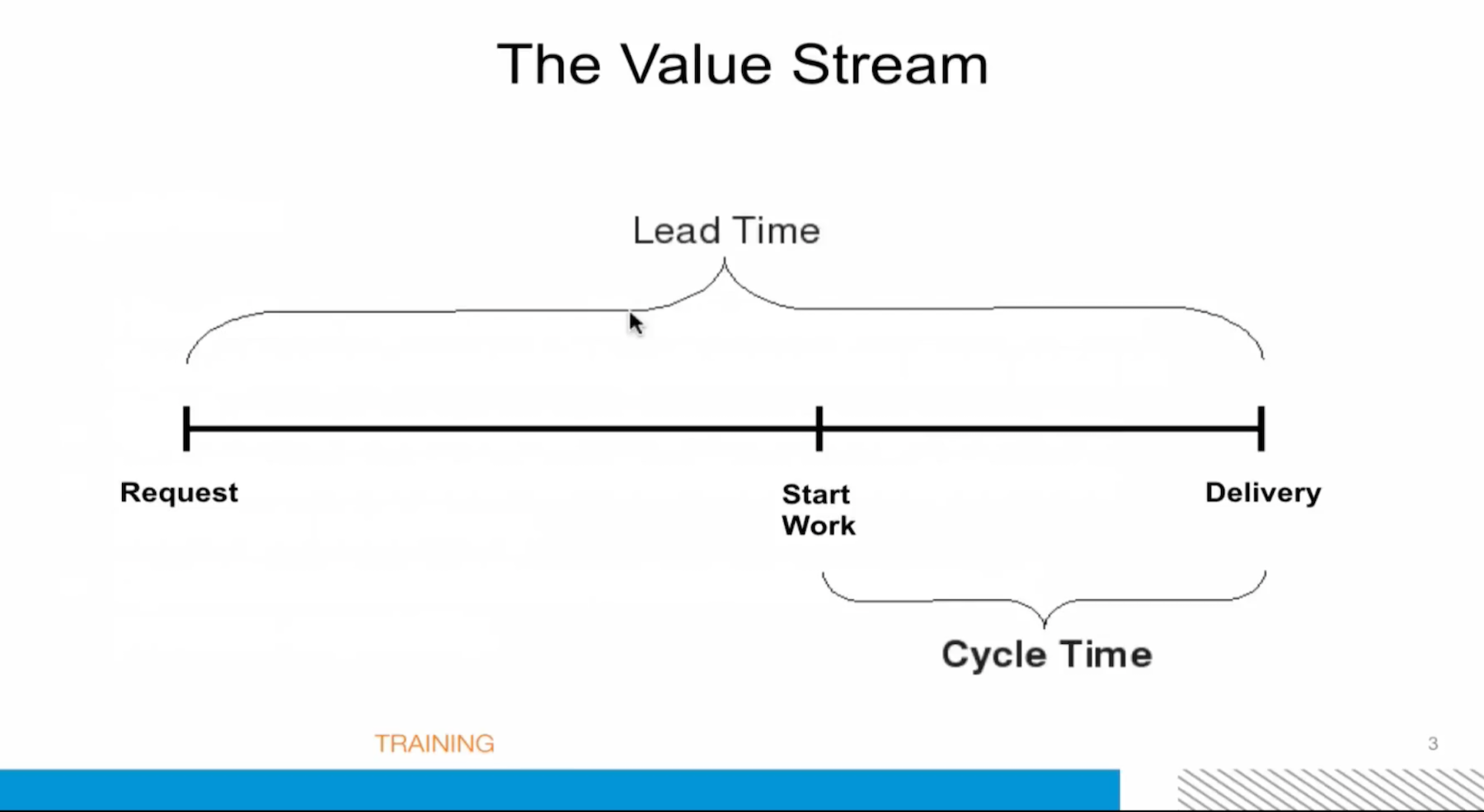We’re continuing our preview of the DevOps Fundamentals: Implementing Continuous Delivery (LFS261) course from The Linux Foundation. The online, self-paced course is presented through short videos and provides basic knowledge of the process, patterns, and tools used in building and managing a Continuous Integration/Continuous Delivery (CI/CD) pipeline. In the first article last week, we talked about high-performing organizations and the type of Continuous Delivery that involves deployment automation and high throughput and stability.
But, we can’t really talk about Continuous Delivery without understanding the value stream. So, I will spin through that to make sure we are on the same page. The value stream is “the sequence of activities an organization undertakes to deliver upon a customer request.” That’s pretty obvious. If we are going to build a Continuous Delivery pipeline or flow, we really need to understand some data points, and particularly the difference between Lead Time and Cycle Time.
Even different authors will differ on what Lead Time means, but here, we’ll define it as “what it takes to get a piece of work all the way through the system.” Basically, Cycle Time is “how often a part or product is completed by a process, as timed by observation.” The clock starts when the work begins and stops when the item is ready for delivery. And Cycle Time is the more mechanical measure of the process capability.
Deployment Lead Time is where we really want to focus on the tool chain — the things that we know that we can improve, such as automation, testing, the repeatable functionality, repeatable processes. Process times should be reasonably predictable. So, you really need to figure out your particular Lead Time or Deployment Lead Time, and how you are going to track that.
In Effective DevOps — which is a really good book — Jennifer Davis and Katherine Daniels say “Continuous integration is the process of integrating new code written by developers with a mainline or “master” branch frequently throughout the day. This is in contrast to having developers work on independent feature branches for weeks or months at a time, only merging their code back to the master branch when it is completely finished.”
And, there are tools to allow people to be much more effective, to be doing parallel work, creating branches and feature branches. The key points here are:
-
Integration
-
Testing
-
Automation
-
Fast feedback
-
Multiple developers
You cannot really talk about continuous anything — but certainly not Continuous Integration — without quoting Martin Fowler, who is one of the original “Agile Manifesto” signers. Fowler says:
“Continuous integration is a software development practice where members of a team integrate their work frequently, usually each person integrates at least daily — leading to multiple integrations per day. Each integration is verified by an automated build (including test) to detect integration errors as quickly as possible.”
In the next article, we’ll take this one step further and look the difference between Continuous Delivery and Continuous Deployment.
Want to learn more? Access all the free sample chapter videos now!
This course is written and presented by John Willis, Director of Ecosystem Development at Docker. John has worked in the IT management industry for more than 35 years.


